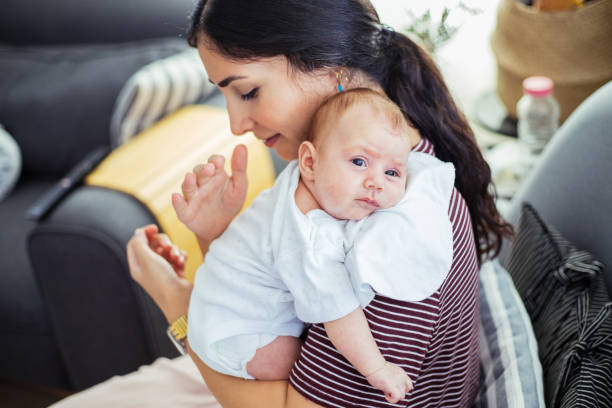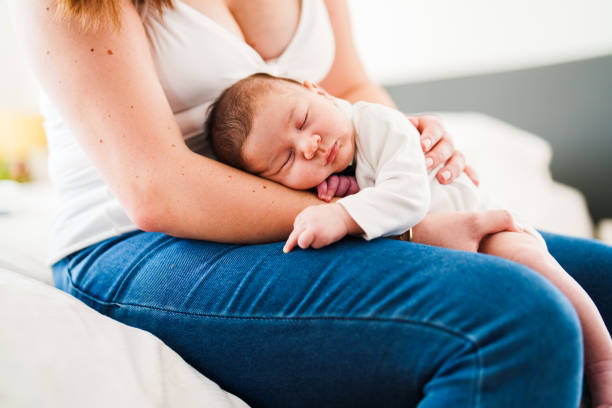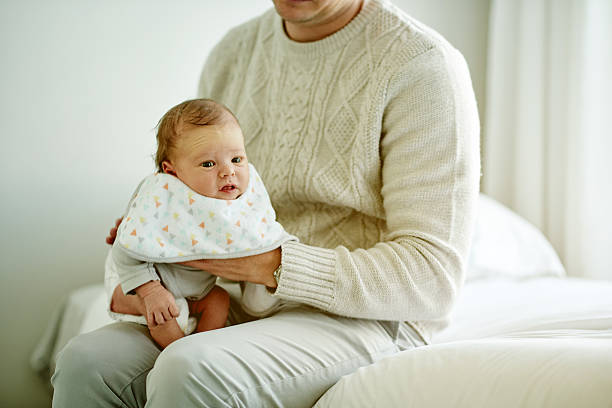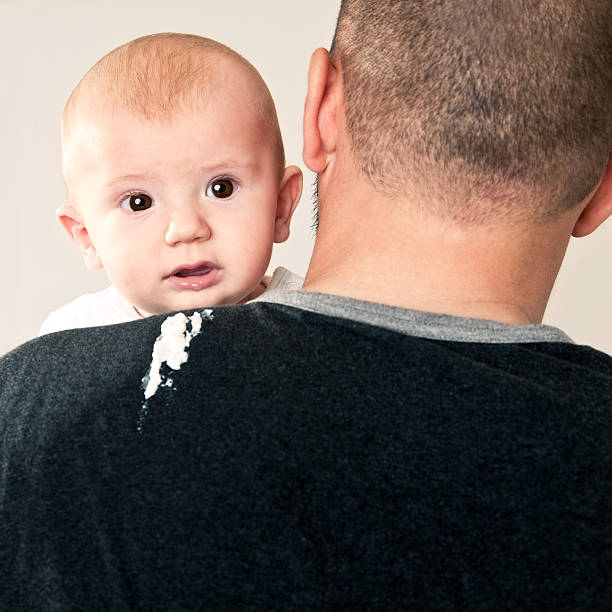3 Useful Tips on Burping a Baby

As a first-time parent, you might have encountered the word “burping.” Is it another overhyped word that parenting “experts” are tossing around? How beneficial is burping to babies? How do I burp a baby, even though I am a novice?
These are some of the questions that cross parents’ minds every day. Let us move step-by-step to help you understand everything about burping a baby and how to perfect it.
What is burping?
Burping refers to the process through which air bubbles trapped in the stomach are expelled through the mouth in babies. It is similar to belching in older toddlers or adults. Burping is a practice that has been practised for a long time in different cultures due to its benefits.
Why Should I Burp My Baby?

The most common instance of a baby swallowing air is during feeding time. When the air gets to the baby’s tummy, it can make it fussy, constipating, and outright uncomfortable.
Why do babies get air trapped in their stomachs? Unlike adults with mature digestive tracts, babies need extra assistance to help expel excess air trapped in their tiny stomachs. That is where burping comes in.
Besides creating comfort, burping your baby also creates space in the stomach, allowing the baby to continue feeding.
How Should I Burp a Baby?
Burping can occur on its own, which is a good thing. However, in some cases, your baby might need you to help them expel excess air from their tummies.
Tip: Place a cloth under their chin to trap any milk, water, or food that may come out during burping.
Now that you have taken the only precautionary measure, let’s try these three burping positions:
- Over your shoulder:
To burp a baby over your shoulder, place them upward and ensure their head leans over your head.
Another position that you can use to burp a baby is letting them sit on your lap while facing away. Once they are settled, you can lean them forward while supporting their chest, head, and neck with one hand. If you find burping the baby hard in this position, you can let another person burp them for you.
- Lying on your lap:

You can also burp a baby by making them lie on your lap. To do this, place a piece of clothing on your lap and then make them sleep on it on their belly.
Once you have the baby in your preferred position, follow this step-by-step guide to burp them:
- Rub the baby’s back gently, making circular movements.
- After feeding the baby, hold them upright for at least 10 minutes.
Note: Holding the baby in an upward position is considered tummy time. It also improves digestion.
- Let the baby sit on your lap.

Let your baby sit on your lap at a right angle. Gently push them forward while patting their back. Patting the baby’s back will help expel excess air from the tummy and esophagus.
How often should I burp my baby?
Every baby is different, and the need to burp them varies. For instance, mothers with high breast milk supply and strong let-down reflexes might need to burp their babies more.
Additionally, you might need to burp your baby under these circumstances:
a. After switching the breasts

Once your baby suckles one breast, you can burp them before giving them the other breast. Once they have burped, turn them to the other breast and check whether they still need more. Once they have breasted from the other breast, burp them once more.
Burping the baby between breastfeeding helps expel any air they might have swallowed accidentally.
b. When they stop feeding
It is also recommended that you burp your baby once they stop feeding. In some cases, the baby might stop feeding and become fussy.
If the baby stops feeding completely even after burping them, it could be a sign that they are full. When this happens, you should stop feeding them to avoid complications that come with overfeeding a baby.
c. When they cry
Babies swallow a lot of air when they cry. One of the best ways to stop them from crying is to put them on your breast or bottle.
Anytime a baby cries, it swallows a lot of air, which gets trapped in the stomach, leading to discomfort. Thus, before you feed the baby again, it is advisable to burp it.
Should my baby burp anytime I try it?
No. Sometimes, your baby might not burp when you put them in a position to burp, which is okay.
If your baby does not burp, change the burping position. If they don’t but are fussy and crying, they could be suffering from one of these issues.
Another thing to note is that spit-ups are common during burping and should not be a cause for alarm. Be gentle while burping the baby to reduce the risk of the milk coming through the nose.
